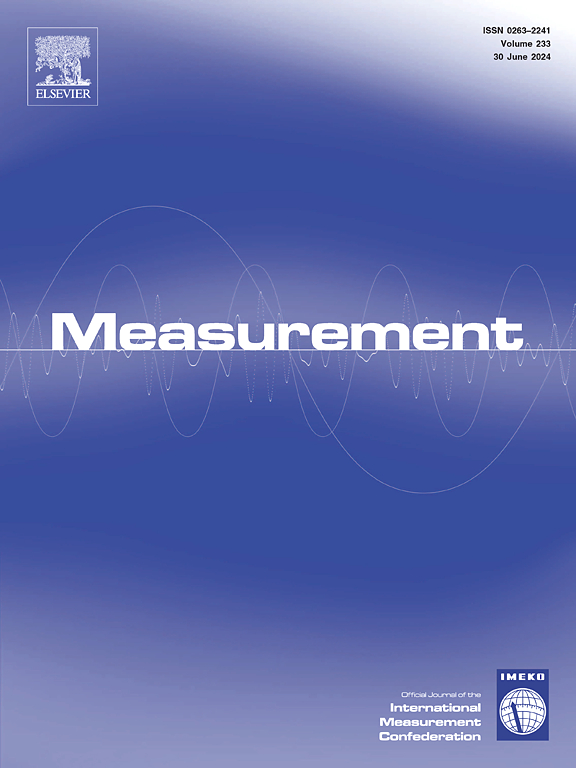A new method for long-term temperature compensation of structural health monitoring by ultrasonic guided wave
IF 5.2
2区 工程技术
Q1 ENGINEERING, MULTIDISCIPLINARY
引用次数: 0
Abstract
Temperature variations significantly impact ultrasonic guided wave monitoring in non-destructive evaluation and structural health monitoring, particularly in long-distance, irregular waveguides. These variations cause time shifts and amplitude attenuation in guided wave signals, leading to false alarms and missed alarms. To address these challenges, a new temperature compensation algorithm is proposed to improve the stability of ultrasonic guided wave monitoring signals. The algorithm is based on improved optimal baseline selection, the Hilbert transform, and negative exponential amplitude attenuation relationship (IOHN). In the time domain, an incomplete baseline library with a temperature interval of 10 °C to 20 °C is established, and coarse tuning is carried out through the designed optimal baseline selection strategy to obtain the M = 20–40 most relevant baseline signals; in the Hilbert domain, the average instantaneous parameters of the M signals are designed for fine tuning compensation. Finally, based on the defined compensation index, the robustness and accuracy of the proposed method are verified through high and low temperature experiments, and damage detection experiment, respectively. Experimental results demonstrate the superiority of the IOHN method over traditional approaches. It achieves a maximum residual error reduction of 10 dB and a normalized mean squared error reduction of 0.15 to 0.2 compared to the optimal baseline selection method. In outdoor on-site experiments, it achieves an average recognition accuracy of 99.43 % in detecting simulated damage under a variable temperature environment.
求助全文
约1分钟内获得全文
求助全文
来源期刊

Measurement
工程技术-工程:综合
CiteScore
10.20
自引率
12.50%
发文量
1589
审稿时长
12.1 months
期刊介绍:
Contributions are invited on novel achievements in all fields of measurement and instrumentation science and technology. Authors are encouraged to submit novel material, whose ultimate goal is an advancement in the state of the art of: measurement and metrology fundamentals, sensors, measurement instruments, measurement and estimation techniques, measurement data processing and fusion algorithms, evaluation procedures and methodologies for plants and industrial processes, performance analysis of systems, processes and algorithms, mathematical models for measurement-oriented purposes, distributed measurement systems in a connected world.
 求助内容:
求助内容: 应助结果提醒方式:
应助结果提醒方式:


